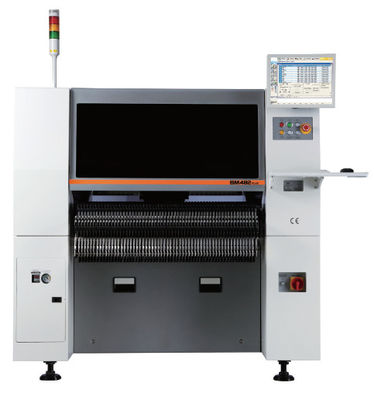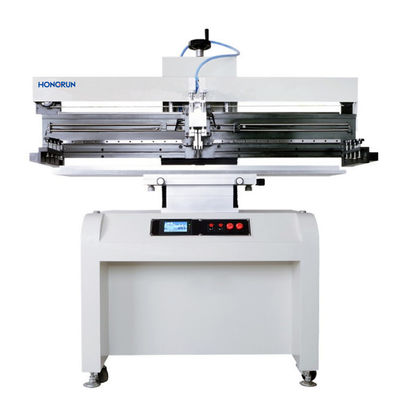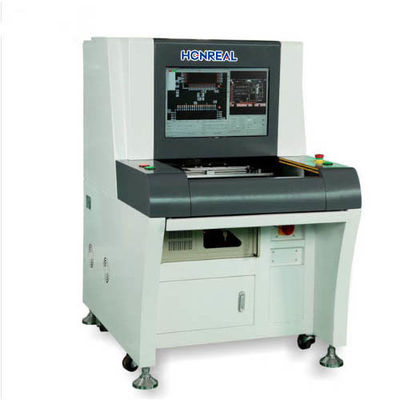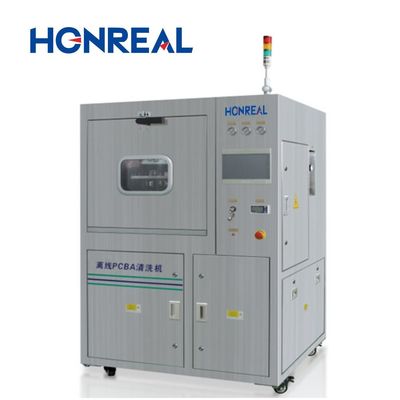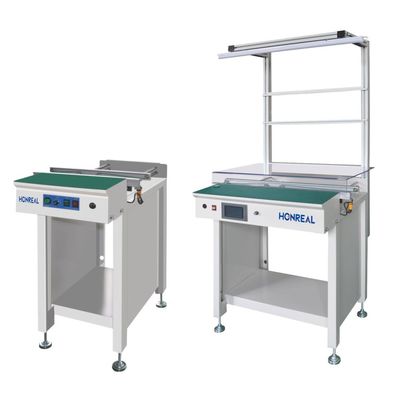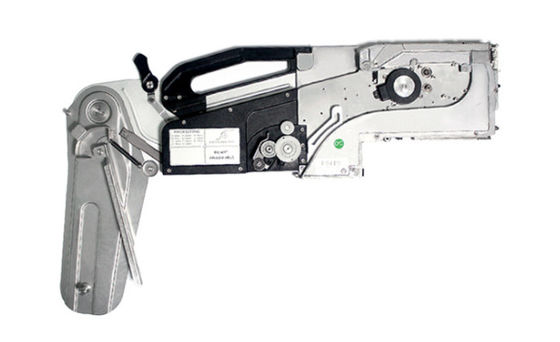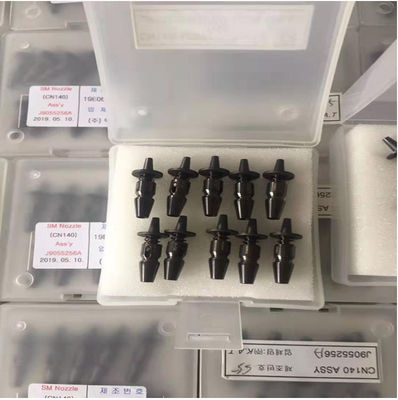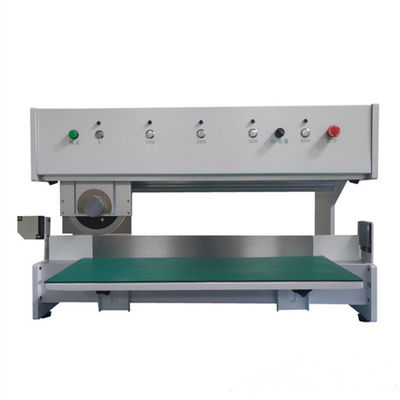SMT Cleaning Machines: Ensuring Reliability and Yield in Electronics Manufacturing
1. Introduction
As electronic assemblies become increasingly compact and complex, cleanliness has emerged as a critical factor in ensuring product performance, reliability, and lifespan. Contaminants such as flux residues, solder balls, ionic impurities, and particulate matter can lead to corrosion, dendritic growth, and electrical leakage. To address these risks, SMT cleaning machines play an essential role in modern manufacturing by removing contaminants from PCBs, stencils, and other critical process materials.
With the rise of automotive electronics, medical devices, aerospace, and 5G infrastructure, demand for advanced cleaning technologies has intensified, making SMT cleaning equipment a cornerstone of quality assurance in surface mount assembly lines.
2. Technical Overview
SMT cleaning machines employ a combination of mechanical, chemical, and thermal processes to achieve optimal cleaning results. Key technologies include:
- Ultrasonic and Spray Cleaning Systems: High-frequency sound waves or high-pressure sprays dislodge flux residues and particulates.
- Solvent- and Water-Based Cleaning Agents: Tailored formulations that balance cleaning efficiency with environmental compliance.
- Closed-Loop Filtration Systems: Recycles and purifies cleaning agents, reducing cost and environmental impact.
- Drying Systems: Hot air or vacuum drying ensures moisture-free boards before downstream processes.
- Process Control & Monitoring: Sensors monitor temperature, pressure, and chemical concentration to ensure repeatability.
Modern systems are capable of cleaning stencils, misprinted PCBs, reflow oven condensers, and assembled boards, with cycle times optimized for inline or batch production environments.
3. Categories of SMT Cleaning Machines
| Machine Type |
Application |
Cleaning Method |
Advantages |
| Stencil Cleaning Machine |
Solder paste stencils, screens |
Spray-in-air, ultrasonic |
Prevents misprints, improves print quality |
| PCB Assembly Cleaner |
Populated boards after reflow |
Ultrasonic + chemistry |
Removes flux residues, ensures reliability |
| Misprint Cleaning Machine |
Defective PCBs before reflow |
Spray cleaning |
Recycles boards, reduces scrap |
| Condensate Cleaner |
Reflow oven condensers |
Solvent flush |
Prevents contamination, extends oven life |
4. Industry Applications
- Automotive Electronics: ADAS, ECU, and safety systems where ionic contamination can cause functional failure.
- Medical Devices: Implantable and diagnostic electronics requiring ultra-clean surfaces for biocompatibility.
- Aerospace & Defense: Mission-critical systems where reliability in harsh environments is mandatory.
- 5G & High-Frequency Electronics: Sensitive RF circuits where residues can degrade signal integrity.
5. Emerging Innovations
- Environmentally Friendly Solvents: Low-VOC, biodegradable cleaning agents to comply with global regulations.
- AI-Enhanced Process Control: Machine learning algorithms optimize cleaning cycles for different board designs.
- Inline Integration: Cleaning machines integrated directly into SMT lines for real-time contamination control.
- IoT Connectivity & Industry 4.0: Remote monitoring, predictive maintenance, and yield tracking via MES integration.
- Hybrid Cleaning Methods: Combining spray-in-air, ultrasonic, and vacuum-assisted drying for complex assemblies.
6. Market Outlook
According to industry analysts, the SMT cleaning machine market is poised for steady growth due to:
- Stricter IPC and ISO cleanliness standards.
- Expansion of automotive, aerospace, and medical electronics.
- Growing adoption of no-clean fluxes that still require selective cleaning in high-reliability sectors.
- Increased emphasis on green manufacturing and sustainability.
A senior process engineer from a leading OEM stated:
“Effective cleaning is no longer optional—it is a process control step that directly impacts long-term product reliability. Advanced cleaning machines with closed-loop systems and IoT connectivity will define the next generation of smart manufacturing.”
7. Conclusion
SMT cleaning machines have evolved from basic washing systems to highly engineered, intelligent process tools. By incorporating advanced cleaning chemistries, closed-loop filtration, and smart factory integration, manufacturers can ensure higher yields, reduced field failures, and compliance with global standards.
As electronics continue to push the boundaries of miniaturization and reliability, SMT cleaning machines will remain indispensable to maintaining the quality and dependability of next-generation devices.

 Your message must be between 20-3,000 characters!
Your message must be between 20-3,000 characters! Please check your E-mail!
Please check your E-mail!  Your message must be between 20-3,000 characters!
Your message must be between 20-3,000 characters! Please check your E-mail!
Please check your E-mail! 
